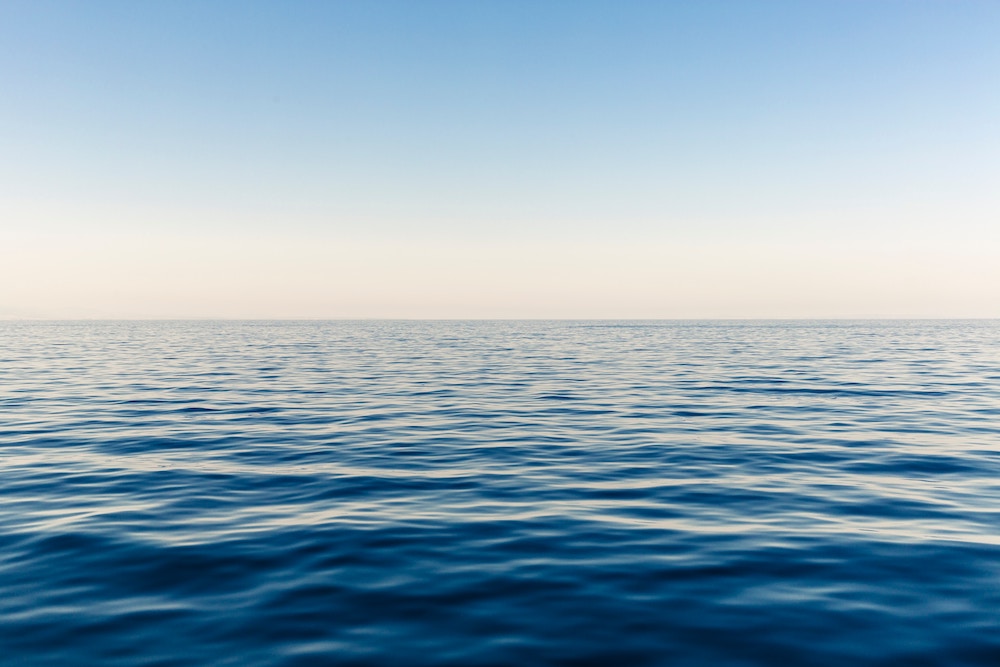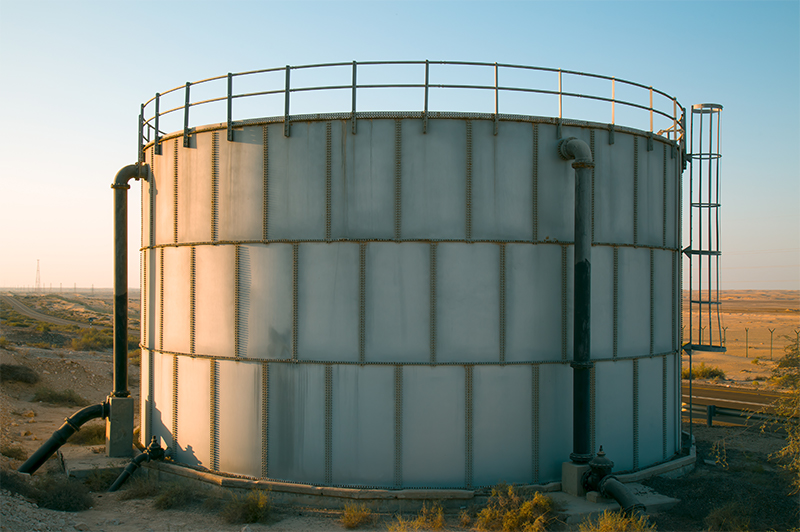Water is precious. Our brains: 73% water. Our bodies: 60% water. Planet Earth: 70% water. The foods we eat: up to 96% water. Water is essential to life, happiness, cleanliness, and so much more… And of all the water on this Earth, only 1% of it is drinkable. In the closed system that is Earth, water is irreplaceable – and therefore, unbelievably valuable. So much of this essential, irreplaceable, valuable, precious water is used to produce our clothing and the fabrics and trims that make up the garments we wear. Can you guess how much?

My closet, in liquid form
Well, I measured a few pieces of my clothing to calculate exactly how many gallons of fresh water went into producing common items in my wardrobe (therefore, all amounts below are based on a women’s US size 10)*:
- A tank top: requires 700 gallons (that’s 2,650 liters) of H20 from farm to your home. That’s as much as filling 17 bathtubs to the brim!
- A screen-printed tee shirt: has a water footprint of 850 gallons (or 3,200 liters) of water. That’s 6,080 water bottles!
- A long-sleeve, button-front collar shirt: takes 950 gallons (3,600 liters) of water. Same amount as needed for 24 washing machine cycles.
- A hooded sweatshirt: uses 1,715 gallons of water (equaling 6,500 liters). That’s the same as – ready for this – the water needed for 816 cases of beer!
- A pair of jeans: now we’re getting up there – one pair needs 1,750 gallons (or 6,600 liters). That equals 28,800 glasses of water!
- A pair of sneakers: a whopping 2,250 gallons of water (or 8,500 liters) and equals the water to make 23,850 cups of coffee from Starbucks!
I think you get the idea: making fabric and producing clothing requires a lot of water.
My closet has six tank tops, 18 tees, five long-sleeve button-fronts, four hoodies, five pairs of jeans, and two types of sneakers. Adding up all that equals 43,210 gallons (or 163.56 cubic meters) of water embedded in my closet! Not to mention all my other accessories like bags, boots, and winter gear! That’s at least another 80,000 gallons of virtual water embedded in my closet. I’m going to stop counting now…
At this point, the water required to produce the content of just my closet has already filled up more than an entire 100,000-gallon water tank.

If a thirsty person drinks 2.5 liters of water a day, then it will take over 520 years to drink all the water hidden in my closet.
520 years of drinking every day for one closet. With five people in my family, there are more closets full of clothes at my house. And loads more closets in the other houses on my street and in the houses and apartment buildings in my town, state, region, country, and in the world. How many closets is all that? How many water tanks? How many cups of coffee? How many beers could all these closets filled with all these clothes equal?
I’m not writing this to guilt-trip anyone about water or their shopping habits or for not purging their closets. Hopefully, we all really love what’s in our closets; I know I do. And, yes, I’m fully aware that not all this water comes from municipal water plants, but rather, is a combination of blue water (what we use in our homes and industries), green water (from the soil and ground), and gray water (wastewater from our homes and businesses). But whatever type of water, and whether or not you’re in the fashion business, you should be aware of what it really takes to fill up a closet full of cherished items.
“Awareness starts with ourselves – so measure your dresser, chest, or wardrobe and start asking questions to drive the water conversation.”
Andrea Kennedy, Material Exchange
A wave of change
Today is World Water Day, and I’m writing this because, in listing, adding, and thinking about water use in fashion, we add up to some pretty sad sums. I suggest we all think about measuring our closets. Chances are, when you realize the number of bathtubs, washing machine loads, and swimming pools your closets equals, you’ll start thinking about change.
In the global supply chain, fashion water consumption happens in many ways: to grow the fibers used to make materials for fabrics, trims, notions, and garments; to soften, dye, print, and finish our fabric and clothing styles; to make hangtags and boxes; and to transport all the containers of clothing to warehouses, stores, and to each of us. And of course, to wash and launder our clothes between uses. So, what can we do to drive change?
- If you’re in the industry, talk about water with your team, customers, suppliers, retailers.
- Research how your brand or retailer produces clothing in ways that contribute to water scarcity, water pollution, eutrophication, and micro-fiber contamination.
- Work with your teams, customers, suppliers, and retailers to measure and reduce water use and their water footprints.
- Partner with your suppliers so you can take responsibility for water together and create a water stewardship plan that includes using more regenerative farming, closed loop water, and rain-catch systems.
- Make sure all dyes, inks, softeners, and finishing agents are safe, healthy, and less toxic than traditional chemicals, so all those harmful agents don’t end up in the community waterways near the material and fashion factories.
- Utilize deadstock, in-stock, and repurposed fabric and trim when possible, which removes the need for new water (or other natural resource) inputs to produce new fabric.
Not in the business? Support companies that are working to avoid pollution and water waste. Purchase from brands that have measurable water-reduction goals posted on their websites and let them know you love that they’re working to save the essential, irreplaceable, valuable, precious water on the planet.
The world’s water cannot be replaced, and fashion businesses use a whole lot of it. Water scarcity is an immediate threat to our planet, and water pollution is harming river, sea, and ocean life. Awareness starts with ourselves – so measure your dresser, chest, or wardrobe and start asking questions to drive the water conversation.
If we all dive deep and source, produce, design, buy, wash, and use more responsibly, together we can make a big splash!
*Supply chain partners were found using Panjiva and all material, style and transport impacts calculated using SimaPro/ Econinvent, Higg MSI and Higg PM databases.
Related content
Want to chat?
We’d love to hear from you. Reach out to see how we could work together.





